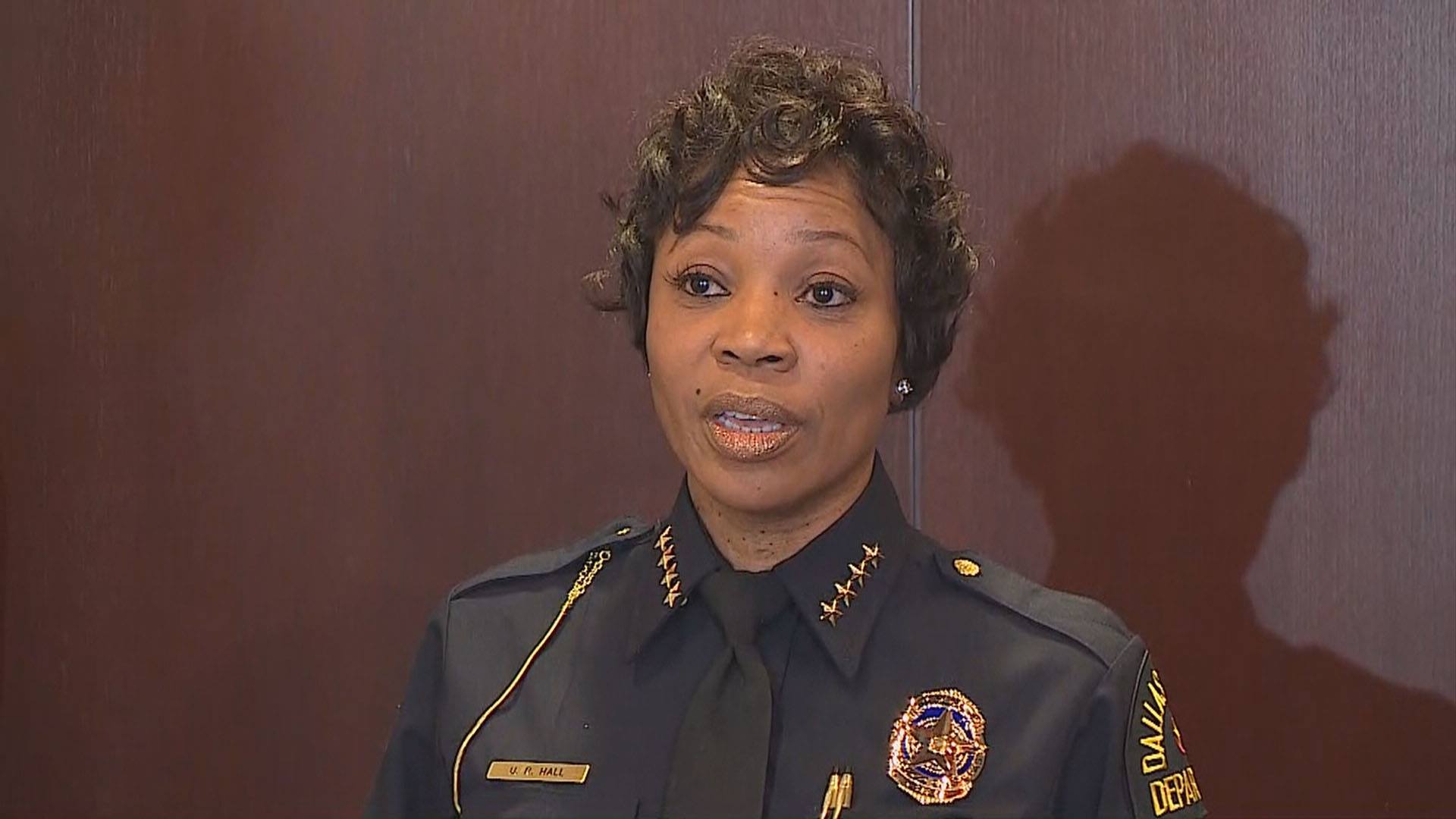Yesterday, Dallas Police Chief U. Reneé Hall released the department’s plan to reduce violent crime in 2020. The reaction has been somewhat unenthusiastic, particularly from Mayor Eric Johnson, who requested the plan in a letter to City Manager TC Broadnax in early December after spending months attempting to calm the public regarding the city’s increasing rate of violent crime. The resulting document is 26 pages and leans on phrases like “intelligence led policing” and “targeted warrant roundups.” Let’s try to break down a few of the noteworthy items in plain speak.
• Goals: The plan calls for a 5 percent reduction in violent crime in 2020, with loftier goals within specifics policing zones. In the Southeast, Southwest, and Central divisions, the plan has a goal to reduce murder and aggravated assault by 10 percent this year. In 2019, aggravated assault increased most in those areas.
Meanwhile, it’s looking for individual and business robberies to fall 10 percent in the Northeast and Southwest Divisions; those crimes were up 14.5 percent in those divisions last year.
The mayor had this to say about the goals in a statement:
“We should strive to reduce homicides, aggravated assaults, and robberies to 2018 levels citywide, at least. And over the next five years, our aim should be to reduce violent crime back to the historic lows this city saw in 2013 and 2014.”
• Intelligence Led Police Division: This combines three existing units in a centralization that the department says “will produce regular reports to forecast trends, identify patterns, and facilitate a more accurate picture of who is committing crime and where.” Another goal is to make it easier to share information as events are happening. They’ll hire a couple dozen civilians to analyze data. It appears to be the plan’s most significant creation, and one that KPMG more or less called for in its staffing audit. The four units that will come under the division (paraphrasing the plan’s descriptions):
—Crime Analysis (analyzes crime, looks for patterns, manages data for predictive policing)
—Dallas Fusion Center (exchanges intel with other resources at various levels of government; a focus on domestic and international terrorism)
—Crime Intelligence (pursues domestic terrorism leads, working with the feds)
—New Real-Time Crime Center (uses things like video surveillance and license plate readers to gather intel and relay to officers in real-time; to include hiring of 22 “civilian crime analysts” by spring)
• Targeted Approach: What’s the result of all this intelligence and data and collaboration? The department says it wants to be more targeted in where it sends its patrol officers, combining that with things like monthly warrant roundups.
Better data makes targeted policing possible. The use of Risk Terrain Modeling—working with the Child Action Poverty Lab, SMU, and Rutgers—could be of particular use. RTM helps police identify and understand simple features of very specific high-crime areas that could be making it easier to commit crimes. These can be things as simple as poor lighting, an abandoned business, or vacant land.
However, you’ll recall that a major crime-fighting tactic deployed here in 2019, mid-violent crime spree, was not so targeted. And the plan doesn’t rule out en-masse traffic stops for 2020. “The department will deploy the Traffic Unit and other law enforcement agencies such as DPS in targeted violent crime hot-spots to conduct traffic enforcement, enhance police presence, and gather critical criminal intelligence,” it reads.
• Better Clearance Rates: If you catch more criminals, in theory, you deter more future criminals. Toward that end, DPD will yield the KPMG audit’s guidance to better use its records management system, and it will add 10 to 15 detectives a year to its depleted investigative units.
• Expansion of the Starlight Program: This is the program that gives DPD access to certain high-crime convenience store surveillance cameras in real-time.
• New Violent Crime Reduction Team: Made up of 100 members from various other units to “provide immediate response to violent crime in the city.”
• Assorted Other Things: Here is the report. Go wild.
There’s much more to dig into here. I’m curious about what the Violent Crime Reduction Team will actually mean for response times, if anything. I’m curious to learn more about the prevalence of video surveillance and how heavily the department might lean on it in the future. I’m curious about those civilian crime analysts. And on and on. I’m sure this will get a solid thrashing before the City Council. The mayor has his plan, but even he notes that a lot of questions remain.





